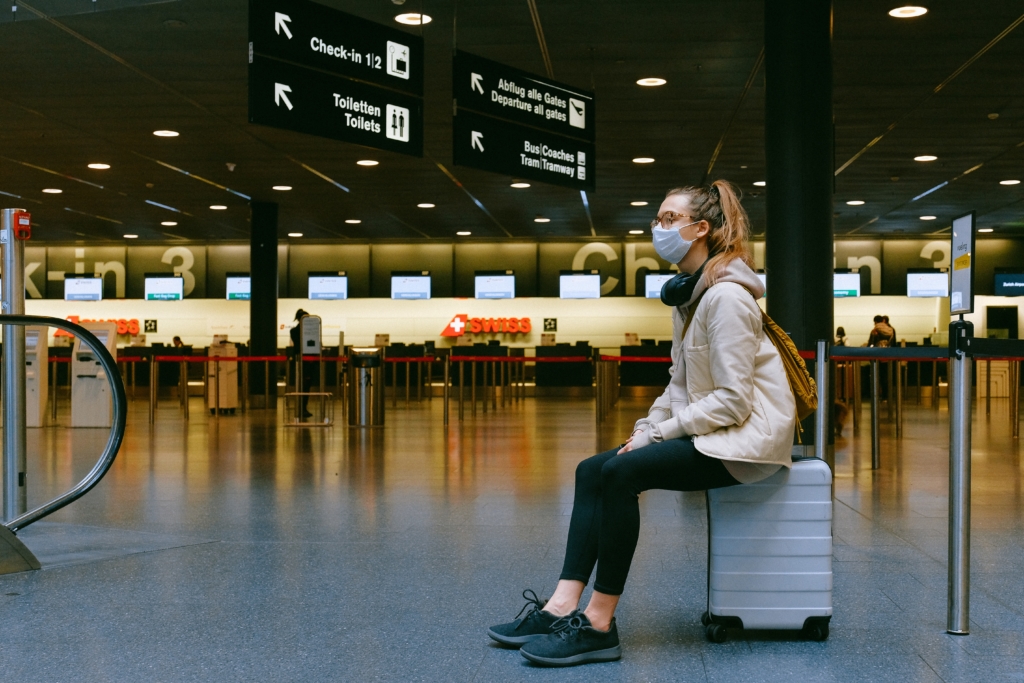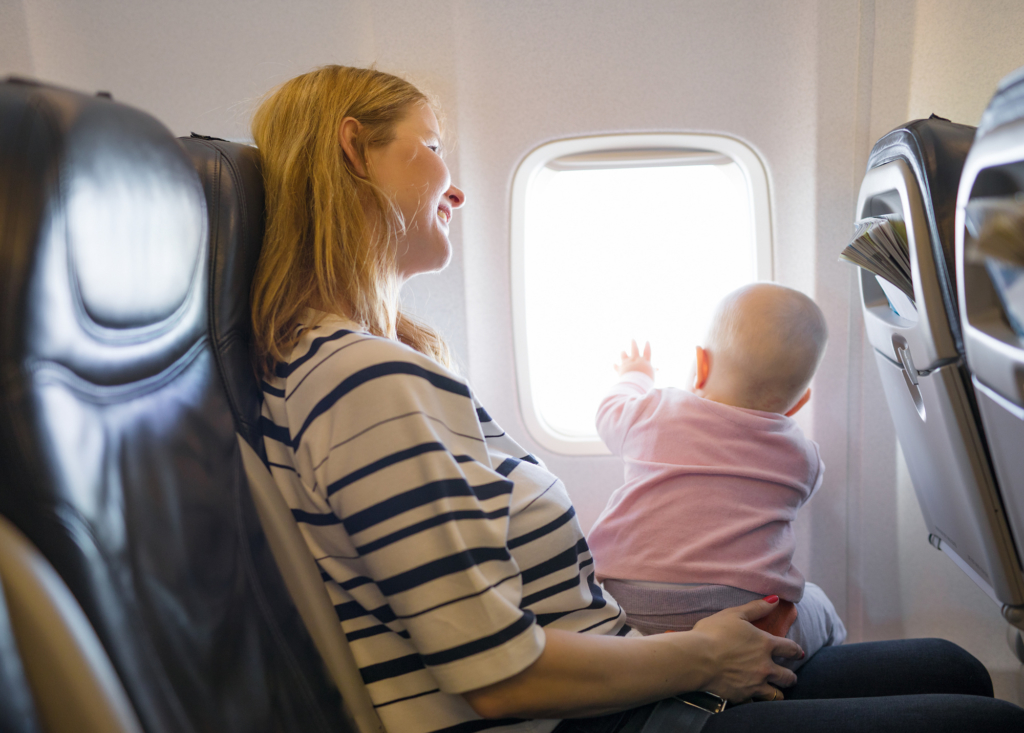If you’re a travel enthusiast and want to get tips from professional travelers, then you’ve landed on the right page. We’ll walk you through some expert tips on how to perfectly plan your trips and make them less chaotic and more enjoyable. Covering a spectrum from the pre-traveling phase to what to do once you’ve reached your destination, this comprehensive guide is here to help you at every step of your journey. Let’s dive right in.
The Pre-Traveling Phase

Preparation is key when it comes to traveling. The better planned you are, the more you’ll enjoy your trip. Start by doing thorough research on your travel destination: what are the top places to visit, the best restaurants to dine in, the culture of the people there, and so on. This will give you a clear idea of what to expect and will also help in avoiding any unpleasant surprises. Meticulous planning and preparation are highly recognized and practiced by frequent travelers.
Next comes the all-important step of packing. Rather than stuffing all your belongings in your suitcase at the last moment, you need to carefully decide what items are necessary and which ones can be left behind. While it might seem like a tedious process to pack, with some organization and forethought, it can become relatively simple. Always pack according to your destination’s climate and culture to ensure you’re appropriately dressed at all times.
The Importance of Travel Insurance
Frequent travelers know that taking out travel insurance for any vacation is of utmost importance, as it provides financial protection and peace of mind in case of unforeseen events. Whether you’re planning a weekend getaway or a long-term adventure, travel insurance safeguards you against potential risks and ensures you’re not burdened with unexpected expenses. Ahead of your trip, you’ll want to look at different travel insurance companies to find protection for your trip.
One of the primary reasons to have travel insurance is to cover medical emergencies. While traveling in a new location, falling ill or getting injured can happen at any time. Travel insurance provides coverage for medical expenses, including hospital stays, doctor visits, and even medical evacuation if necessary. This is particularly crucial if you’re traveling to a country with high medical costs or have pre-existing health conditions.
Additionally, travel insurance protects you against trip cancellations or interruptions. Life is unpredictable, and you might be forced to cancel your trip due to various reasons, such as illness, injury, or a family emergency. If you have travel insurance, you can recoup the costs of your non-refundable bookings, such as flights, accommodations, and tour packages. Travel insurance also covers trip delays, missed connections, and lost or delayed baggage, providing financial assistance to help ease the inconvenience caused.
Travel insurance is not something to overlook when planning your vacation. It acts as a safety net, guarding you against unforeseen events, medical emergencies, trip cancellations, and other potential risks. Using a resource like USA Today can help you compare insurance policies and providers. By investing in travel insurance, you’re protecting yourself financially and ensuring your trip is as stress-free as possible.
Sailing Through Airport Formalities

Many travelers dread the thought of airport formalities. From check-in to security checks to finding the right gate for your flight, it can be overwhelming for many first-time travelers.
First, you’ll want to make sure you arrive at the airport well ahead of your scheduled flight. Scrambling to the airport last minute will only add to your stress. You can also check in online to avoid long queues at the airport. It will also be important to familiarize yourself with the baggage rules of your airline to avoid any complications during check-in. You should also keep all your travel documents handy, as you may need to show them at multiple points.
Once you’re done with security, finding your gate may seem like finding a needle in a haystack if you’re in a big airport. Pay attention to the announcements, read the signs correctly, and don’t hesitate to ask for directions. Also, remember that gate numbers can change, so keep an eye on the gate information screens in the airport terminal.
Staying Comfortable During Your Flight

Flights, especially long-haul ones, can be uncomfortable and tiring. But with the right tips, you can improve your in-flight experience by a significant margin. When booking your flight, select a seat that suits your comfort. Many people prefer aisle seats for easy access to move around, but if you’re someone who enjoys the view, a window seat would be ideal. If possible, avoid seats near toilets as they tend to be noisier and have more passenger movement.
An essential part of staying comfortable on any flight is to keep yourself hydrated. Carry a small water bottle with you and sip on it often. Also, make sure you wear comfortable clothing suitable for cabin temperatures. Light layers are often the best since you can add or remove them as required. Lastly, if you want to beat jet lag and adapt to the new time zone faster, try adjusting your sleep schedule on the flight accordingly.
Headphones or earplugs can be your best travel mate in avoiding unwanted noise during the flight. Airlines usually provide a small travel kit that includes an eye mask and socks to provide a more comfortable flight experience. Use them to get some good rest during your flight and reach your destination feeling refreshed and energetic.
Arrival and Getting Around in the New City
Once you’ve arrived at your destination, the real adventure begins. A smart tip is to get some local currency from an airport ATM before you leave the terminal. Also, ensure you have a local map handy and a basic idea of how the city’s transport works. These may sound simple, but in a new city, they can be a lifesaver. Multiple times, even experienced travelers tend to neglect them.
Language can often be a barrier in a new city, so learning a few basic phrases in the local language can be very helpful. Also, being respectful of the local customs and traditions of a place shows that you are a responsible traveler. Spend your time enjoying the local cuisine, shopping, site seeing, and making the most of your stay.
Public transport is usually the most economical and fun way to explore the city. However, it would be best if you’re aware of taxi scams and overcharging. Ideally, use taxis that go by meters or pre-book your ride on a trusted ride-hailing app. Another important tip is to note down the address of your hotel in the local language. It would come in handy when you need directions or are returning after a long day of sightseeing.
Making the Most of Your Travel Experience

Traveling is not just about ticking places off a checklist. It’s about immersing yourself fully in the experience and creating memories that you can look back upon fondly even years down the line.
You can ensure this by being open-minded, curious, and ready to try new things. Sample the local cuisine, learn to cook a local specialty, attend a cultural event or festival, and participate in local customs and traditions. Take lots of photos and videos, but also remember to put your devices away sometimes to truly soak in the experience. Go off the beaten track and interact with the locals to know better and understand the place’s authentic side. After all, traveling is the best way to break boundaries and understand humanity’s universality.
It’s important to remember that the highlight of any travel is not just the destination but the journey itself. Be flexible, adaptable, and willing to embrace unexpected changes or surprises that come your way during your travel. Often, these unexpected incidents turn out to be the most memorable parts of the trip. By embracing these expert tips, you can plan your trips just like a professional traveler. So grab your passport, pack your bags, and get ready to leave footprints all around the globe!




